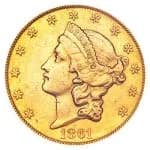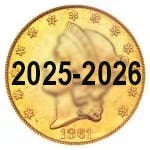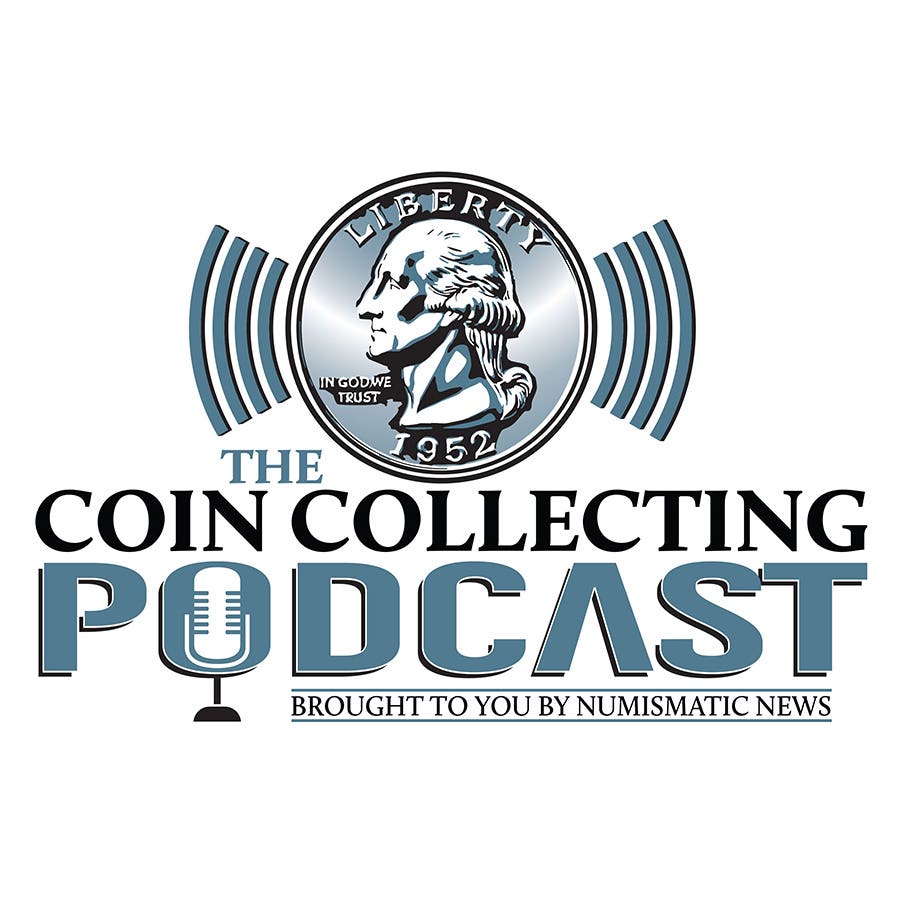Did I Influence A U.S. Coin Design?
An insider recounts the debates, surveys, and last-minute governor’s meeting that determined the final design of Michigan’s 2004 Statehood Quarter—and wonders what might have been.
I had previously written about my involvement with creating the design for the 2004 Michigan Statehood Quarter.
One thing I didn’t mention in the previous article was that I perceived the forthcoming Statehood Quarter to be a prime opportunity to promote numismatics in Michigan. I proposed that the Michigan State Numismatic Society establish a 2004 Michigan Statehood Quarter Design Committee in 2001 to collect design ideas to present to whoever served on the governor’s panel. Naturally, when you propose an activity to a volunteer organization, you are invariably asked to be the chair of the committee that handles it—and I was. As part of that role, I created a template by which the public could submit their design ideas, a template which was later published in several newspapers around the state.
Beyond my involvement as a member of the Michigan Quarter Commission and as the primary author of the written instructions on how to create each of the five candidate designs, I also participated in the Sept. 30, 2003, meeting with then-Governor Jennifer Granholm, during which she selected the design to appear on this coin.
After the Michigan Quarter Commission settled on five possible themes for the 2004 Michigan Statehood Quarter, the Michigan State Numismatic Society posted preliminary artwork of all five designs on the Michigan State quarter website (which is no longer active) so that everyone could examine the candidate designs.
The five possible themes included:
- A map of the state of Michigan.
- A map of the state of Michigan with an early automobile.
- A map of the state of Michigan with the Mackinac Bridge
- A map of the state of Michigan, an early automobile, and the Mackinac Bridge.
- A map of the state of Michigan with three historical elements to the left side—a Great Lakes canoe, the North Star that was used by runaway slaves traveling on the Underground Railroad to cross into Canada through Detroit or Port Huron, and a white pine tree where the states of Michigan and Wisconsin provided the bulk of lumber to rebuild Chicago’s 17,500 buildings list in the 1871 fire, and also three modern elements to the right side—a lighthouse as Michigan has more of them than any state, an early automobile, and the Mackinac Bridge.
Liberty Coin Service, the company I then owned and where I still work, purchased a second set of posters of the candidate designs from the Michigan state government and began conducting surveys to determine which design was the most popular. Multiple area schools conducted surveys of their students. My store collected surveys, and we arranged for several Michigan coin shows to have attendees take the survey.
Of the five candidate themes, the design with the state map and the six designs on the left and right were the most popular. It also happened that this was the design I preferred.
Steve Bieda, who was the first person from Michigan to design a U.S. coin, the reverse of the 1992 Olympic Half Dollar, had not been appointed to the Michigan Quarter Commission. To my mind, he would have been an obvious choice to serve on it. However, Governor John Engler, a Republican, appointed the Commission, and Bieda was then employed by the Michigan House Democratic Caucus.
When Governor Granholm, a Democrat, took office in January 2003, Bieda also became a member of the Michigan House of Representatives. Bieda began to advise Granholm on the progress of the Statehood Quarter.
The U.S. Mint approved all five candidate designs and returned them to Governor Granholm for her to select the design that would be minted. The Michigan Quarter Commission met one more time. Each member was asked to pick their favorite design, then go through each of the other four designs to state whether they found them acceptable or objected to them. At the end of this review, the simple design with only the state map had no objections. As I recall, the design that won every survey had three commission members give it a thumbs down. Consequently, the Commission recommended to Governor Granholm that the design with only the state map be selected.
The governor scheduled a meeting for Sept. 30, 2003, with Rep. Bieda, Sarah Lapshan, an employee of the Michigan Department of History, Arts, and Libraries that served as the governor’s liaison with the U.S. Mint, and with Dr. Anderson, who was head of the Department of History, Arts, and Libraries. This meeting aimed to pick the design to appear on this coin.
Shortly before the meeting, Bieda called me to discuss the process by which the Commission had come up with its recommendation. After we talked for a few minutes, he stated that he thought it would be helpful if I could participate in the meeting. When he asked if I could make it to a meeting that started in less than 20 minutes, I said I could (my store was just 3 miles from the Capitol). Bieda called me back two minutes later to tell me to come.
In the early part of the meeting, Governor Granholm stated that her preferred design was the one with the state map and the three designs, each on the left and right sides. She then asked me for my input.
I had two options for answering her request. First, I could describe how the Commission came to its recommendation. Second, I could have described how the Commission came to its recommendation, but then gone on to mention the results of the surveys, where the design she liked was the most popular in every single tabulation. Had I mentioned that extra information, I think there was a real possibility that Governor Granholm would have selected the design she preferred, which I also would have wanted.
My decision was only to describe how the Commission came to its recommendation in my capacity as the only Commission member in the meeting. Afterward, Governor Granholm decided to follow that advice.
Ever since, I have wondered if I had answered the governor’s question with the survey results, would she have made a different selection?
Last column’s numismatic trivia question.
Last time I asked— Which leader of another European nation invaded Great Britain, became King of Great Britain, and is depicted on British coins? The answer was William of Orange, the prince of Orange, who became Stadtholder of Holland, Zealand, Utrecht, Guelders, and Overijssel in 1672. Effectively, he was King of the Netherlands until he died in 1702. In 1677, he married his first cousin Mary, the daughter of the Duke of York, who later became King James II of England. At the invitation of seven British bishops, William assembled a force to invade England in November 1688. King James fled England and abdicated. King William III and Queen Mary were jointly coronated on April 11, 1689, to rule England, and then accepted the Scottish crown on May 11, 1689. William ruled both Great Britain and the Netherlands until he died in 1702.
This week’s trivia question
Here is this week’s question. Who was the second person from Michigan to design a U.S. coin? Come back next week for the answer.
You may also like:



